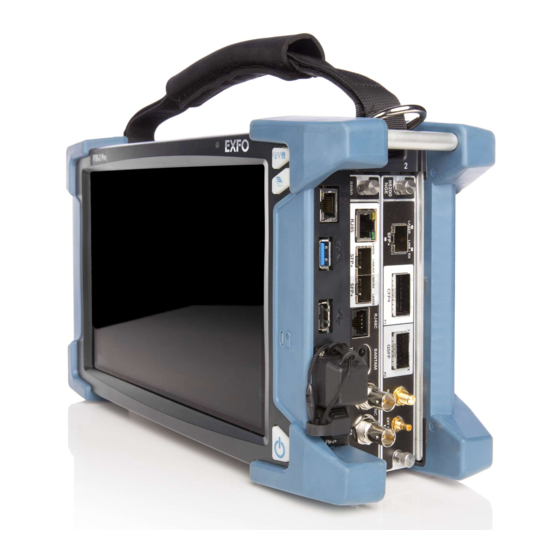
EXFO Power Blazer User Manual
High-speed multiservice test module
Hide thumbs
Also See for Power Blazer:
- Quick reference manual (2 pages) ,
- Quick reference manual (2 pages)














Need help?
Do you have a question about the Power Blazer and is the answer not in the manual?
Questions and answers